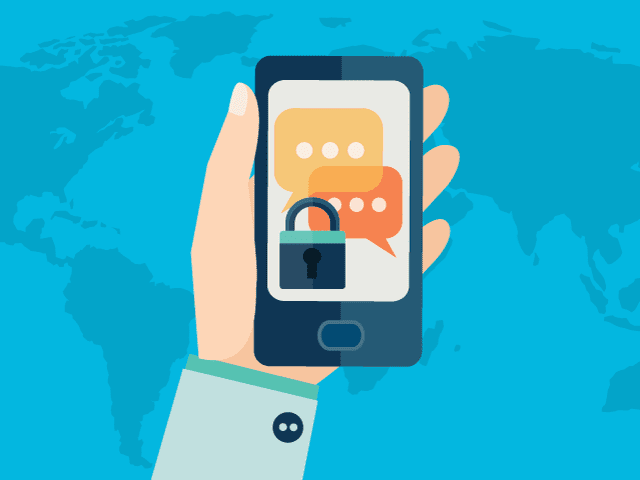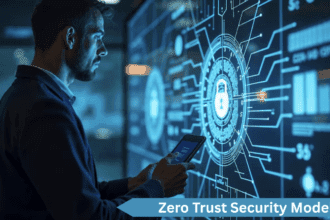Identity theft is one of those things that seems like it could never happen to you—until it does. Many people assume their personal information is safe, either tucked away in a bank vault or buried under multiple layers of passwords. But, just like any thief looking for an opportunity, identity thieves are constantly finding new ways to steal your information and cause havoc in your life. And one surprising thing is that it can happen in a variety of ways. From HELOC scams to data breaches, the theft of your personal information can happen when you least expect it. So, how exactly does it happen? Let’s take a look at some of the most common tactics.
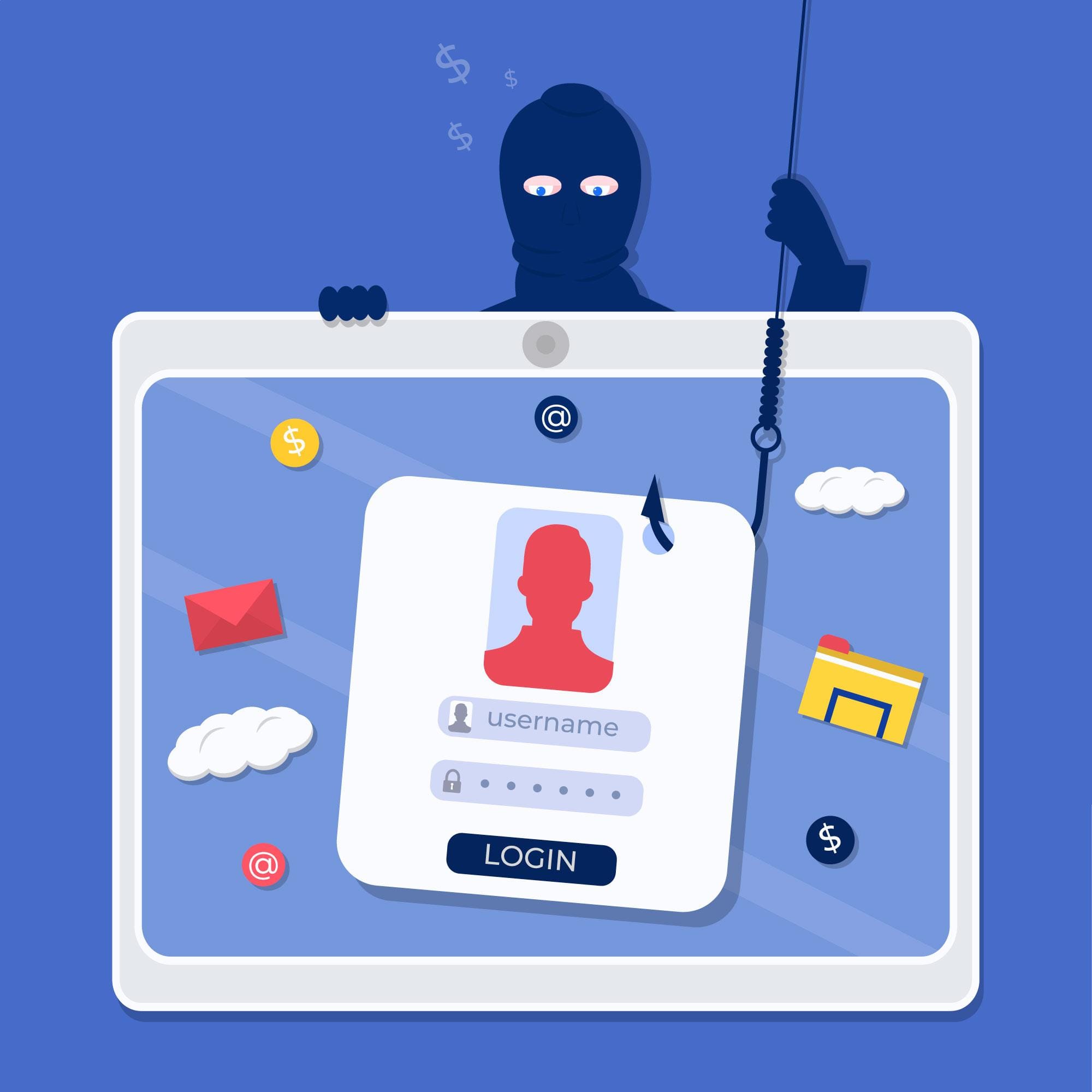
What Is Identity Theft, Anyway?
At its core, identity theft is when someone uses your personal information—like your Social Security number, bank account info, or credit card details—without your permission. The thief can use your identity to open new accounts, rack up debt, or even get medical treatment under your name. And once your identity is stolen, it can take a lot of time and effort to clean up the mess.
But what makes it worse is how quickly thieves can take advantage of your information. In today’s digital world, once your data is in the wrong hands, it can be sold, shared, or used almost instantly. That’s why it’s crucial to stay on top of your personal information and be aware of how it could be exposed.
The Many Ways Identity Theft Can Happen
When we think of identity theft, we often picture someone rifling through your trash for a paper statement or stealing a credit card number online. But the reality is that identity theft can happen in much more subtle and unexpected ways. Here’s how thieves often go about it:
Phishing Scams
One of the sneakiest ways identity thieves get their hands on your information is through phishing scams. These can come in the form of fake emails, text messages, or even phone calls that look like they’re from legitimate companies you do business with. For example, a scammer might pretend to be from your bank, asking you to verify your account information. Since they know exactly what kind of details to ask for, they can easily trick you into handing over your username, password, or even your Social Security number.
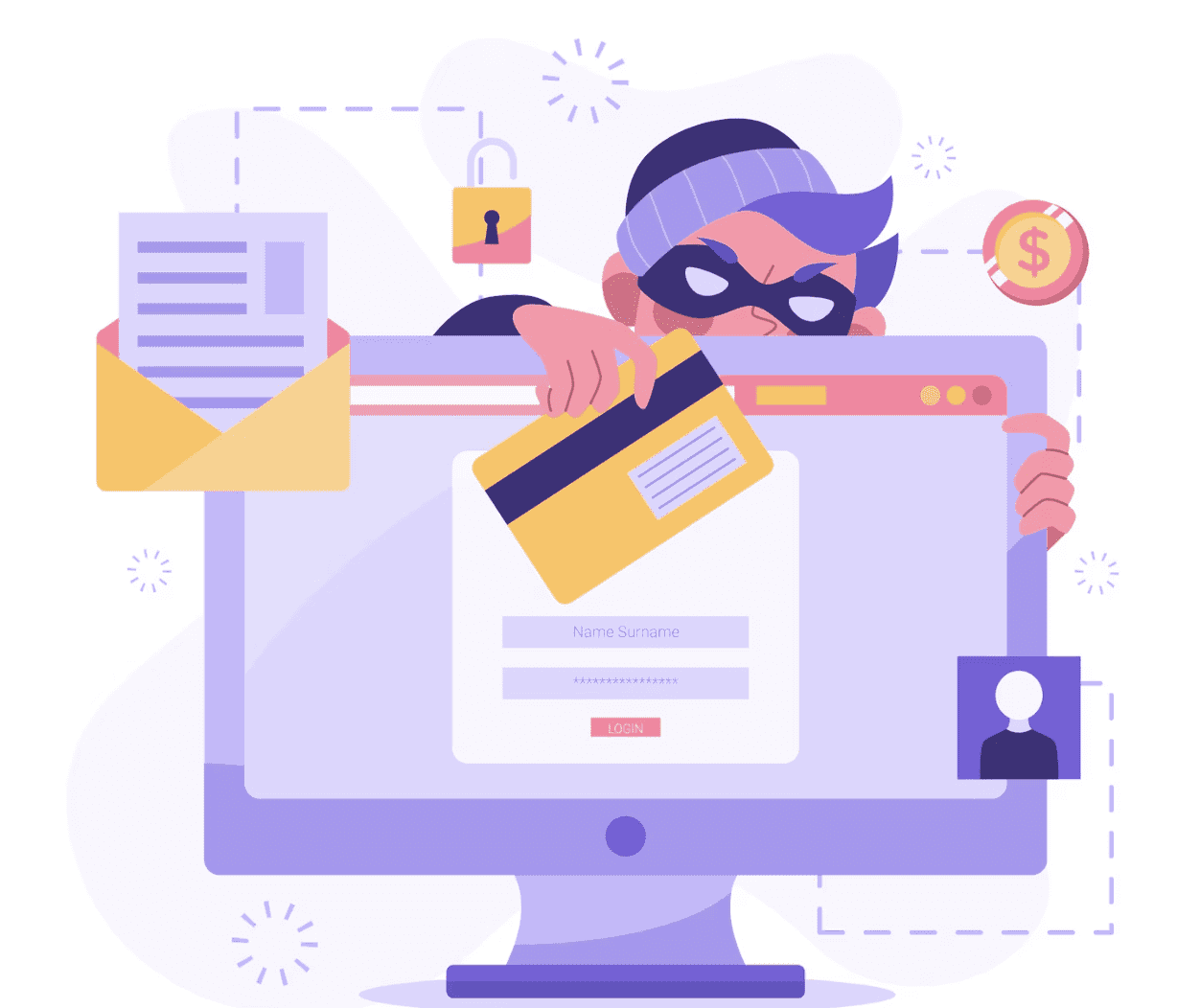
HELOC Fraud

Have you ever thought about tapping into your home’s equity? Maybe you’ve been looking into a Home Equity Line of Credit (HELOC) to help with home improvements or paying down high-interest debt. While these loans can be a great financial tool, they also open up a major vulnerability for identity theft. Thieves can steal your identity and apply for a HELOC in your name, using your home as collateral. Since the process can be complex and often goes unnoticed until it’s too late, many people don’t realize they’ve fallen victim to this kind of scam until the debt starts piling up.
Data Breaches
One of the biggest threats today comes from data breaches. Think about how many companies store your personal information—your credit card numbers, addresses, and phone numbers. Unfortunately, not all of them are good at protecting it. If a company’s database gets hacked, all of that personal information can be exposed to criminals. Even if you’re careful with your data, sometimes it’s just a matter of being in the wrong place at the wrong time.
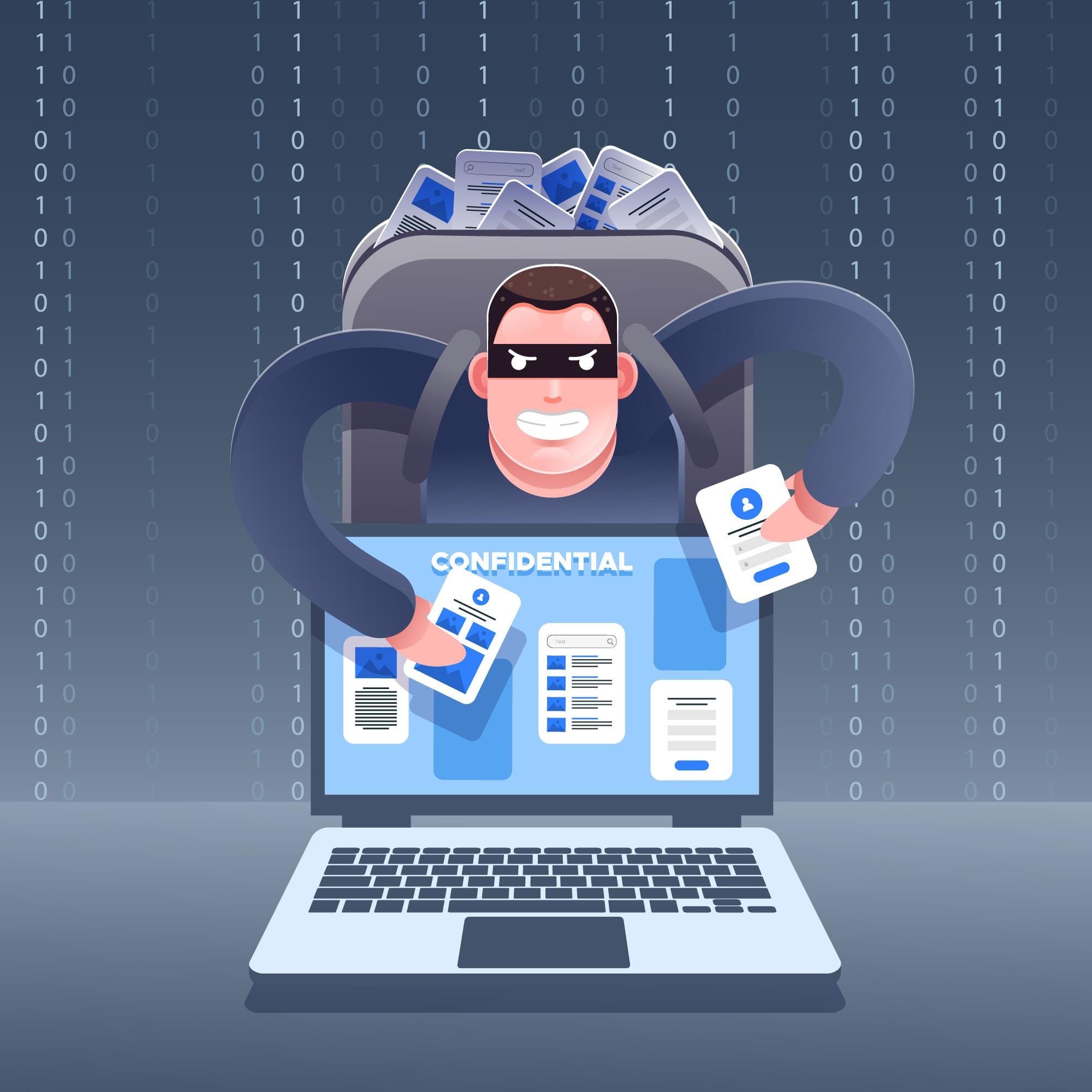
Social Media Oversharing
It’s tempting to share everything online these days, whether it’s where you went on vacation or what you had for breakfast. But oversharing on social media can give thieves all sorts of information they need to impersonate you. From your pet’s name (a common security question answer) to your birthday, these seemingly harmless posts can give criminals the tools to crack your passwords or answer security questions on your accounts.
Skimming Devices
If you’ve ever swiped your card at an ATM or gas station, you might have noticed a little “skimmer” device attached to the machine. These devices capture your card details when you swipe, allowing thieves to steal your information without ever having to touch the card. Once they have your data, they can use it to make fraudulent purchases or create counterfeit cards. Always check for strange attachments or signs that a machine might have been tampered with.
Warning Signs of Identity Theft
It can sometimes be difficult to tell if you’re a victim of identity theft, especially when the theft happens over time. But there are some red flags you can watch for that might signal something is wrong. Here are a few to keep an eye on:
- Unexplained Charges or Withdrawals: If you notice charges on your bank statements or credit card bills that you don’t recognize, that’s a major warning sign. Thieves will often start small, testing your accounts to see what they can get away with.
- Sudden Changes in Credit Score: A drastic drop in your credit score can indicate that someone is using your identity to take out loans or open new accounts. It’s a good idea to check your credit report regularly to spot any unusual activity early.
- Unexpected Mail: If you start receiving bills, credit card statements, or collection notices for accounts you didn’t open, it could mean someone has used your identity to get credit. Similarly, if you notice anything missing from your mailbox, thieves could have redirected your mail to cover up their tracks.
- Tax Issues: If you’re unable to file your taxes because someone else has already filed under your Social Security number, that’s a sure sign that you’ve been targeted. Tax identity theft is on the rise and can be a huge headache to fix.
How to Protect Yourself from Identity Theft
Now that we’ve covered how identity theft happens, let’s talk about how you can protect yourself from becoming a victim. While there’s no surefire way to prevent it entirely, there are a few steps you can take to reduce your risk:
- Use Strong Passwords: Avoid using easily guessed passwords like your birthdate or the word “password.” Instead, create complex passwords that include a mix of letters, numbers, and symbols. And if possible, use two-factor authentication for extra security.
- Monitor Your Accounts: Keep a close eye on your bank and credit card statements for any unauthorized transactions. You can also sign up for credit monitoring services that will alert you if there are any major changes to your credit report.
- Shred Documents: Shred any documents that contain personal information, like bank statements, medical records, or credit card offers. This will prevent thieves from digging through your trash to find sensitive data.
- Be Careful Online: Always make sure websites are secure (look for “https://” in the URL) before entering your personal information. Avoid public Wi-Fi networks when logging into sensitive accounts, as they can be easy targets for hackers.
What to Do If Your Identity Is Stolen
If you find yourself a victim of identity theft, don’t panic—take action quickly. The first step is to report it to the authorities. File a report with the Federal Trade Commission (FTC) through their website, IdentityTheft.gov. Additionally, you’ll want to contact your bank and credit card companies to let them know what happened and freeze your accounts. Consider placing a fraud alert or credit freeze on your credit report to make it harder for thieves to open new accounts in your name.
In many cases, you’ll also need to report the theft to your local police. This will help you get a police report, which is often required when disputing fraudulent charges. The sooner you act, the easier it will be to minimize the damage.
Final Thoughts
Identity theft can be a scary thing to think about, but being aware of how it happens and taking the necessary precautions can help protect you. By staying vigilant, monitoring your accounts, and keeping your information secure, you’ll have a much better chance of avoiding the nightmare of identity theft. Keep in mind that the more proactive you are, the less likely you are to become a victim. Stay safe out there!






